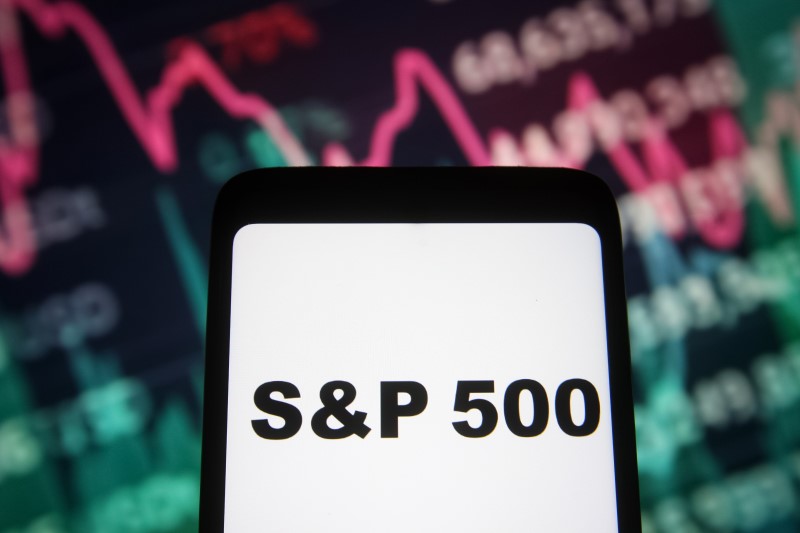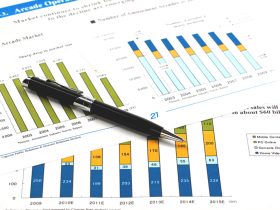Wall Street experienced mild fluctuations on Monday, as oil prices continued to rise, exerting pressure on inflation. The was marginally higher in midday trading, while the edged up by 4 points, or less than 0.1%, at 34,623, and the remained virtually unchanged.
The market has been oscillating since early August due to uncertainties about the Federal Reserve’s interest rate policies. Despite higher rates helping to cool inflation from its peak last summer, they have also negatively impacted stock prices and other investments while slowing the economy.
Traders are almost unanimously expecting the Fed to keep rates steady at its meeting this week, which concludes on Wednesday. The focus will be on the forecasts that Fed officials will publish regarding their expectations for interest rates, the economy, and the job market in upcoming years.
Investors are keenly interested in how high officials at the Fed see its main interest rate rising this year. Traders are betting on a roughly 40% chance the Fed will raise rates again in either November or December, according to data from CME Group (NASDAQ:).
Attention will also be centered on what Fed officials say about next year when investors expect the Fed to begin cutting interest rates. Economists at Goldman Sachs expect Fed officials to indicate a full percentage point of cuts next year, after raising rates one more time this year to a range of 5.50% to 5.75%.
Concerns are growing that rates may have to remain high for a longer period to bring inflation fully down to the Fed’s 2% target. While underlying trends on inflation continue to improve mostly, a recent surge in oil prices has complicated matters. A barrel of rose another 1% Monday to $90.96, up from less than $70 in July. added 0.9% to $94.74 per barrel.
The increase in fuel prices, coupled with worries about rates staying higher for longer, have contributed to a rise in Treasury yields across the bond market. The was steady at 4.33%, but it’s been climbing since it was around 3.40% in May. The two-year Treasury yield rose to 5.05% from 5.04% late Friday.
Concerns about a potential recession continue to linger, despite successive reports showing a healthy economy and job market. One worrying factor is the higher shorter-term bond yields compared to longer-term yields, an unusual occurrence that has often preceded recessions in the past.
Another warning signal comes from the leading economic indicators index, which looks at new orders for manufacturers, consumer expectations for business conditions, and other factors that could indicate where the economy is heading. It’s been 15 months since the most recent warning of a recession triggered in June 2022.
On Wall Street, Clorox (NYSE:) shares dropped 1% after the company announced a cybersecurity attack that caused widespread disruptions to its business. The company is still assessing the damage but expects it to significantly impact upcoming results.
This article was generated with the support of AI and reviewed by an editor. For more information see our T&C.
Read the full article here











Leave a Reply